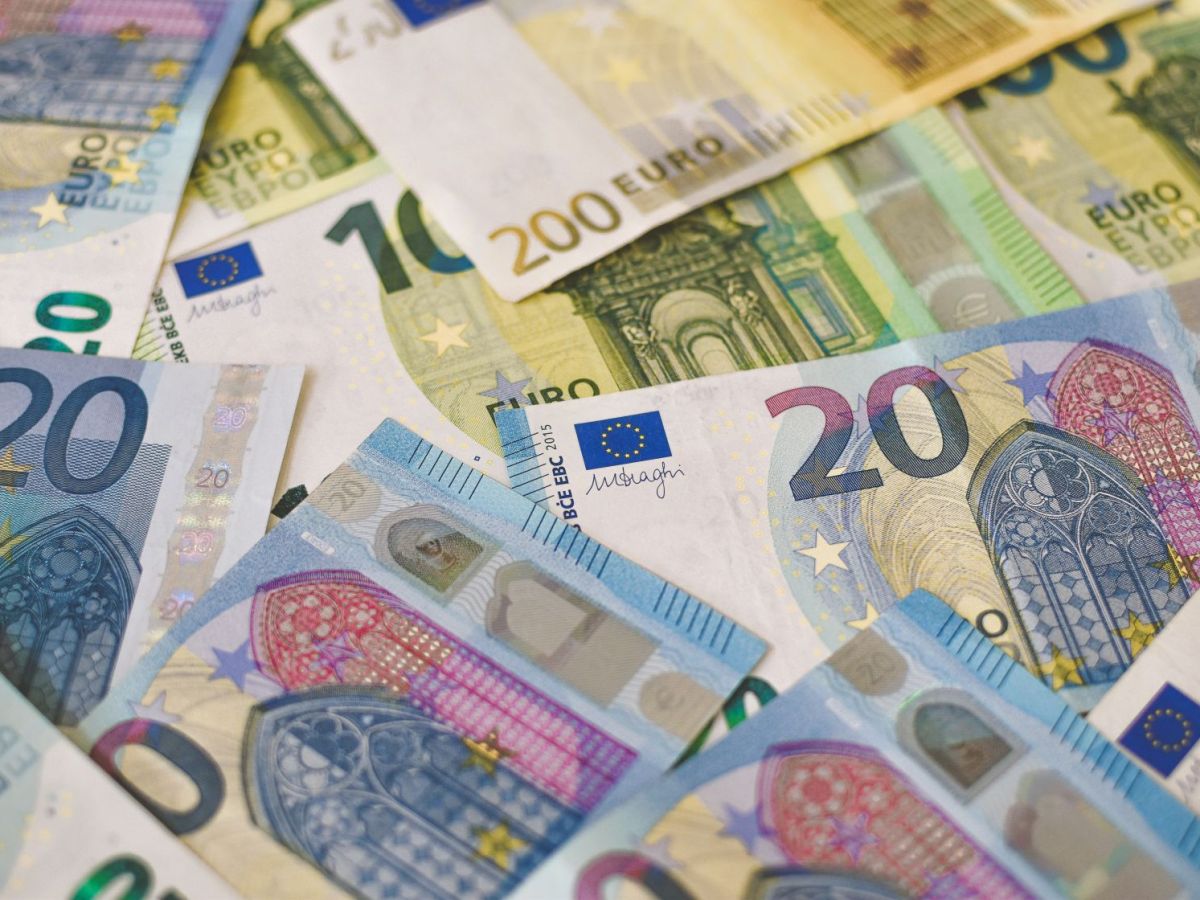The Spanish economy grew 3.1% in the second quarter of the year compared to the same period in 2024 and 0.8% quarter-on-quarter (compared to the previous three months), the Spanish National Statistics Institute (INE) announced today.
In the first quarter of the year, Spain's Gross Domestic Product (GDP) grew 3.2% year-on-year (compared to the same months in 2024) and 0.6% quarter-on-quarter.
The growth in the second quarter (April to June) was driven by domestic demand (investment and consumption, especially household consumption), which contributed 3.5 points to the GDP increase year-on-year and 0.8 points to the quarter-on-quarter increase. External demand (exports and imports) had a negative contribution of 0.5 points compared to the same period in 2024 and had no impact on quarter-on-quarter growth.
The Spanish economy grew 3.5% in 2024, according to an updated INE estimate released last week, which improved the previous estimate by three-tenths.
Also last week, the Spanish government and the Bank of Spain improved their economic growth forecasts for this year, to 2.7% and 2.6%, respectively.
The government previously forecast a 2.6% increase in Gross Domestic Product (GDP) in 2025, while the Bank of Spain's latest estimate was 2.4% growth. "Despite the complex international context in which we operate, the Spanish economy continues to show clear signs of strength in both the short and medium term," said Economy Minister Carlos Cuerpo at a press conference in Madrid on September 16 to present the new outlook, highlighting that "in 2024, Spain was the fastest-growing advanced economy in the world."
The government expects the Spanish economy to grow 2.2% in 2026 and 2.1% in 2027 and 2028, with a positive impact on the labour market that should lower the country's unemployment rate to 8.7% in 2028.
Spain currently has the highest unemployment rate in the European Union, with the government estimating it will be 10.3% by the end of this year. Throughout this period of estimates, domestic demand (consumption and investment) will be the driver of economic growth, especially household consumption, while the contribution of external demand (exports and imports) will be negative until 2028, according to the government.
The Bank of Spain, meanwhile, improved its GDP growth forecast for Spain in 2025 by two-tenths, to 2.6%, maintaining its estimate of 1.8% growth in 2026 and 1.7% in 2027.
The Spanish central bank also bases its new estimates on the dynamism of domestic demand, especially private consumption.
The International Monetary Fund (IMF) forecasts 2.5% growth for the Spanish economy this year, followed by a 1.8% increase in 2026, according to estimates released in July.
The European Commission estimates that Spain's GDP will grow 2.6% this year, according to the most recent forecasts from Brussels, released in May.










